I created a stored procedure to implement rate limiting on my API, this is called about 5-10k times a second and each day I'm noticing dupes in the counter table.
It looks up the API key being passed in and then checks the counter table with the ID and date combination using an "UPSERT" and if it finds a result it does an UPDATE [count]+1 and if not it will INSERT a new row.
There is no primary key in the counter table.
Here is the stored procedure:
USE [omdb]
GO
/****** Object: StoredProcedure [dbo].[CheckKey] Script Date: 6/17/2017 10:39:37 PM ******/
SET ANSI_NULLS ON
GO
SET QUOTED_IDENTIFIER ON
GO
ALTER PROCEDURE [dbo].[CheckKey] (
@apikey AS VARCHAR(10)
)
AS
BEGIN
SET NOCOUNT ON;
DECLARE @userID as int
DECLARE @limit as int
DECLARE @curCount as int
DECLARE @curDate as Date = GETDATE()
SELECT @userID = id, @limit = limit FROM [users] WHERE apiKey = @apikey
IF @userID IS NULL
BEGIN
--Key not found
SELECT 'False' as [Response], 'Invalid API key!' as [Reason]
END
ELSE
BEGIN
--Key found
BEGIN TRANSACTION Upsert
MERGE [counter] AS t
USING (SELECT @userID AS ID) AS s
ON t.[ID] = s.[ID] AND t.[date] = @curDate
WHEN MATCHED THEN UPDATE SET t.[count] = t.[count]+1
WHEN NOT MATCHED THEN INSERT ([ID], [date], [count]) VALUES (@userID, @curDate, 1);
COMMIT TRANSACTION Upsert
SELECT @curCount = [count] FROM [counter] WHERE ID = @userID AND [date] = @curDate
IF @limit IS NOT NULL AND @curCount > @limit
BEGIN
SELECT 'False' as [Response], 'Request limit reached!' as [Reason]
END
ELSE
BEGIN
SELECT 'True' as [Response], NULL as [Reason]
END
END
END
I also think some locks are happening after introducing this SP.
The dupes aren't breaking anything, but I'm curious if it's something fundamentally wrong with my code or if I should setup a constraint in the table to prevent this. Thanks
Update 6/23/17: I dropped the MERGE statement and tried using @@ROWCOUNT but it also caused dupes
BEGIN TRANSACTION Upsert
UPDATE [counter] SET [count] = [count]+1 WHERE [ID] = @userID AND [date] = @curDate
IF @@ROWCOUNT = 0 AND @@ERROR = 0
INSERT INTO [counter] ([ID], [date], [count]) VALUES (@userID, @curDate, 1)
COMMIT TRANSACTION Upsert
